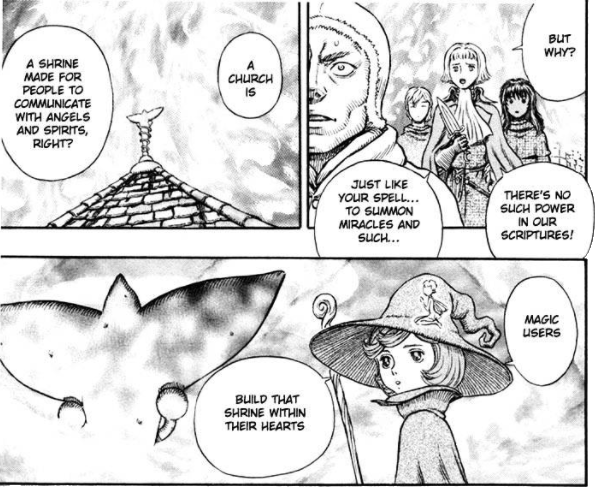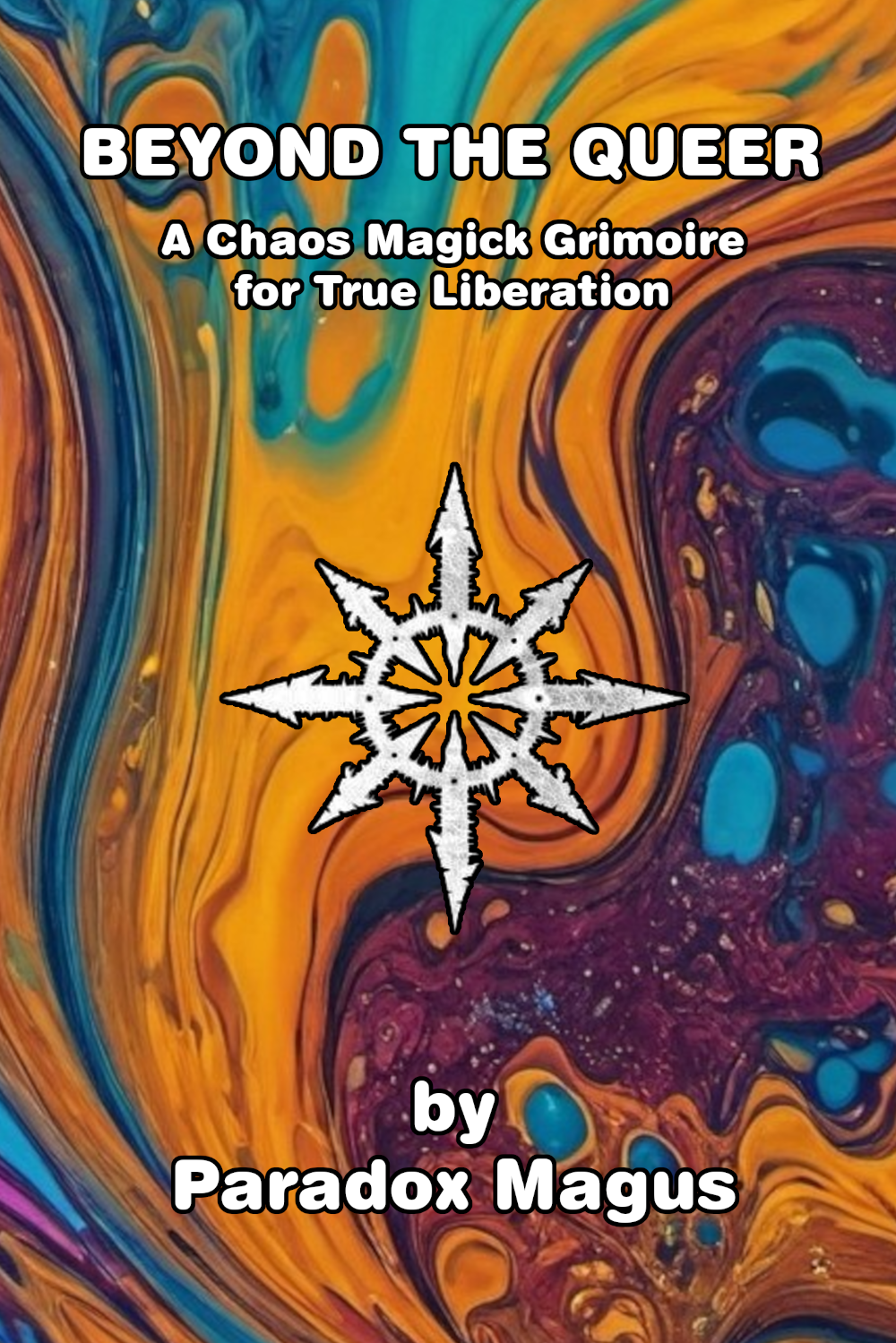This article is part of a series on Initiation. See them all in this section
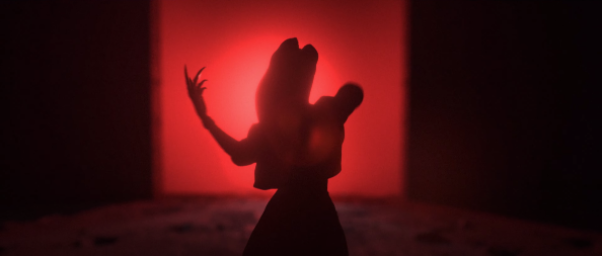
This article aims to shed some light on the origins of the "Liber Samekh" ritual published by Aleister Crowley, its relevance to the attainment of the Knowledge and Conversation of the Holy Guardian Angel, and the ideas and techniques we can draw from it to achieve this goal.
The magical path is inseparable from our own subjectivity. It is unlikely that the traces of others match your own steps, so it is important that the letter of a ritual does not hinder you in finding a method that will open the doors of the Second Order. Crowley himself indicated that:
It is impossible to lay down precise rules by which a man may attain to the knowledge and conversation of His Holy Guardian Angel; for that is the particular secret of each one of us; a secret not to be told or even divined by any other, whatever his grade. It is the Holy of Holies, whereof each man is his own High Priest, and none knoweth the Name of his brother's God, or the Rite that invokes Him
It is probably not through the Liber Samekh that you will achieve the Knowledge and Conversation. Nor through Abramelin's Operation. Attaining does not depend on following instructions to the letter: You have to extract the "common core," the essence of what such an encounter entails and how to obtain it. This is partly what I will try to do here.
Your Holy Guardian Angel may not look like an Angel either. We call him an Angel as a tribute to the Book of Abramelin, but such name is not to be taken seriously. The world of Briah does not lend itself to this type of imagery. Images belong to the astral (or Yetzirah) world.
From a yetziratic perspective it could look like an Angel, like a Black Eagle, or even like a 20-foot Giant Rabbit, as Robert Anton Wilson would put it. None of these images is relevant. Calling an astral entity a Holy Guardian Angel and claiming that by communicating with it one has achieved "Knowledge and Conversation" would be a dangerous self-deception if the magician decided to obey that astral entity just as an Adept has to progressively incorporate as his own the Voice of his Angel.
Neither synchronicities nor any perception of an external entity are the Knowledge and Conversation.
Knowledge and Conversation is an entanglement with that which we call the Holy Guardian Angel. It opens new dimensions of our being, which we will discover as we mature as adepts.
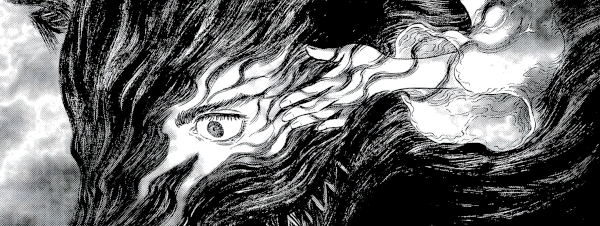
Historical introduction
Liber Samekh is perhaps the most important ritual published by Aleister Crowley, and constitutes his personal approach to the question of the Angel. He wrote it for Frank Bennett to use in his invocation of the HGA.
It is based on a magical exorcism ritual from the Greek Magical Papyri (Papyri Graecae Magicae), which was rescued by a British antiquarian and later modified by Crowley to give rise to this ritual. Despite the many changes, we can trace much of the "voces magicae" ("barbaric words", apparently unintelligible) and some of the meaning of the ritual to the PGMs.
The ritual is found in Papyrus V, 97-171 of the PGM, under the title "Exorcism". It is presented to us as an invocation to the "Headless One". This is equated with Osiris, and the sorcerer is identified as "an angel of Pharaoh Osoronofris". The objective is the exorcism of an evil daimon, which would have possessed the person to whom the ritual is addressed.
What predominates in the ritual, however, is the invocation, the personal identification with the deity. It is therefore understandable that it was later adapted by Crowley first in 1904 as "The Unborn" using it as a preliminary ritual to the use of the Goetia (though perhaps it was Allan Bennett, and Crowley took it from his Golden Dawn papers). Crowley himself used it in this format for his own advancement into Knowledge and Conversation. In 1921 he layed it out again as "Liber Samekh" for Frank Bennett, “Being the Ritual revealed in the Vision of the Eighth Æthyr for the Attainment of the Knowledge and Conversation of the Holy Guardian Angel”.
Many of the words used in the original Exorcism and invocation of the Headless One still remain in the definitive version of 1921, published in 1930. "I am the Headless One daimon with sight in my feet; [I am] the mighty one [who possesses] the immortal fire," the magician stated in the original text. More importantly, "My name is a heart encircled by a serpent." The heart girded by a serpent is important in Crowley, both here and in Liber LXV. It refers on the one hand to the Temple that the magician has to build in his chest to house the Angel, and on the other to the Kundalini serpent that has to be lifted up to cross from the astral world of Yetzirah to the spiritual world of Briah.
Thus, the work of the Initiate in Yetzirah is twofold:
.- On the one hand, he has to become a worthy receptacle, prepared for a God to inhabit it. He has to build within himself an appropriate Temple for that god who is vertically above him to be installed in it.
.- On the other hand, he will have to lift the Serpent himself by carrying his Aspiration to the extreme. Thus, the first time he opens the doors of the Second Initiation, he will tear the Veil of Paroketh. His Temple will be inhabited by that god, who will no longer return to his impassive slumber coiled in the Muladhara.
Why is the same ritual used first as a preliminary invocation to the Goetia, and later as a method of attaining the Knowledge and Conversation of the Holy Guardian Angel?
After attaining to the Knowledge and Conversation by the method of Abramelin, in this ancient grimoire the magician's first task is to evoke the Kings, Dukes and servant spirits of Hell, and bind them. Just as in the Book of Abramelin the magician subdues the demons after attaining the Angel's Knowledge and Conversation, the Ritual of the Unborn is appropriate before using the Ars Goetia as it facilitates imposing one's will over that of the evoked demons, even if the magician were not an Adept.
It is important to emphasize that Knowledge and Conversation does not happen only once. It must be insisted upon. The adept will continue to learn from the Angel, who will become the Adept's personal guide. With the direct instruction of the Angel in the hands of the adept, no "guru" or "teacher", no external authority, can compete with such a source of knowledge and power.
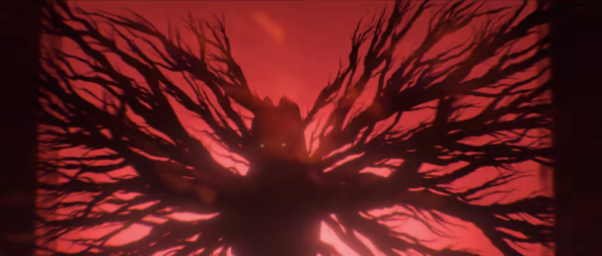
Liber Samekh Structure
Liber Samekh is divided into several blocks, some of which I will group in this article. I will proceed to comment on them and on what they aim to achieve, relying on Crowley's comments to his own ritual, as well as on my personal experience both with this ritual and with the Knowledge and Conversation of the Holy Guardian Angel, which we consider the second great initiation on the path of High Magic.
Crowley indicates that this ritual is to be performed in the astral. However, we should not take this as dogma but as a symptom of his own work. Crowley had left his Abramelin Operation unfinished, and decided to complete it while wandering in China. To this end, each time he performed the ritual, he visualised in the astral his temple in Boleskine's mansion, where he had begun the work.
I.- Preliminary Invocation: Sections A and Aa.
In the first two sections of the ritual, a preliminary invocation is made to the Holy Guardian Angel, highlighting some of its characteristics. It is a "rehearsal" of what is to follow.
These sections are similar to the original Greek-Egyptian ritual, except for the change of "Headless One" to "Bornless One" and the change of other names and meanings, as well as the removal of a biblical reference to Moses, with whom the sorcerer is identified in the ancient version of the ritual.
It is interesting when Liber Samekh calls Osiris "Asar Un-Nefer", considering him as "Myself made Perfect". The Angel is the aspiration toward which the magician is directed. The aspiration to the Angel is the aspiration to rise. It is not a devotion to an external entity, but the aspiration to rise to become it. The initiate enters as the natural Osiris, and must leave as the perfected Osiris. In Egyptian "Un" means to manifest, and "Nefer" means beauty; it is the Osiris whose potential beauty has manifested.
However, considering this whole question of Osiris as "ancient aeon", Crowley recommends substituting this name of "Asar Un-Nefer" for that of "Ra-Hoor-Khuit", or for the name of the Angel himself if he communicates it to the adept.
In Section Aa, the magician presents himself as worthy of conscious communication with his Angel. Of particular interest is Crowley's own commentary on his ritual, which posits it as "the identity (Hadit) wrapped in the Dragon (Nuit) and thereby manifested as a Sun (Ra-Hoor-Khuit)". This manifestation, this Horus, son of the intertwining of his and his Angel's consciousness, will be the objective of the ritual.
This is the point at which Crowley really traces his own path, conceiving the idea of the death of Osiris and his resurrection as "Myself made Perfect" as a formula proper to the "old Aeon" and no longer appropriate.
The result of this ritual must then be conceived as an intertwining with the divine which, instead of a catastrophic death, implies the appearance of a child that will grow through this intertwining.
Horus the Child is what the magician becomes when he becomes intertwined with his Holy Guardian Angel.
“Line 10: He acclaims His Angel as having appointed that this formula of Love should effect not only the dissolution of the separateness of the Lovers into His own impersonal Godhead, but their co-ordination in a "Child" quintessentialized from its parents to constitute a higher order of Being than theirs, so that each generation is an alchemical progress towards perfection in the direction of successive complexities.”
Finally, it is worth noting here Crowley's recommendation regarding the use of psychotropic substances to raise the Kundalini and achieve this union with the Angel. He indicates in his commentary, “He may invoke Hadit by "... wine and strange drugs" if he so will”. This is a reference to the Book of the Law, II - 22: “I am the Snake that giveth Knowledge & Delight and bright glory, and stir the hearts of men with drunkenness. To worship me take wine and strange drugs whereof I will tell my prophet, & be drunk thereof! They shall not harm ye at all.”. Hadit is here the same as Kundalini.
In Crowley's particular case, the "strange drugs" would most likely be a reference to peyote, a cactus with which he claimed to have conducted "hundreds of experiments" (Equinox 3.1) that unfortunately were never published because their records were destroyed. In particular, he began experimenting with this substance in 1907 (the year in which he obtained his Knowledge and Conversation) and by 1908 he had published "The Drug" as a story with autobiographical references. Other theories also point to lotus and wine, if such a mixture can provoke a profound enough effect on the magician's psyche.
There are several ways to awake the Kundalini. Kenneth Grant comments in "Aleister Crowley and the Hidden God" that in Crowley's case it would have been sex coupled with astral work ("Divine Monkey Formula"). But also, as I have indicated above, Crowley explicitly refers to the use of entheogens to raise the Fire Serpent. In my experience, the work of raising the Kundalini is facilitated in the early stages by substances such as psilocybin.
In any case, after obtaining the Knowledge and Conversation of the Sacred Guardian Angel it is a good idea to ask him for the methods that best suit you to perform this and other magical tricks.

II.- Invocation of the elements: Sections B to E
At first glance, this would be the part of the ritual that most departs from the Greek classic. Its essence is that of an invocation of each of the four elements, not unlike a Lesser Ritual of Invocation of the Pentagram.
After all, the LIRP is a Golden Dawn ritual in which the elemental influences are balanced by tracing the pentagrams, until the magician can claim that his body is the five-pointed star. With the four elements balanced and the fifth element - the spirit - at the top point, the magician's Temple is ready for the six-pointed star on his chest.
That is, once you have built yourself as a temple fit for the divine - the five-pointed star - it will be able to intertwine with you in your chest - the six-pointed star.
The six-pointed star is composed of two triangles. With the point upwards, the aspiration of the sorcerer. With the point downwards, the "Grace" that descends upon him. Although this perspective is often misleading to the magician; Grace does not come from an external entity to devote to but is an internal power that rises up.
The barbaric (i.e., without apparent meaning) words roughly correspond to those used in the original PGMs in the part where the evil daimon is exorcised. That is, the magician in the old ritual would be exorcising his own "demons", expelling his own negative influences while balancing his elements. He is removing the obstacles that stand between him and his Angel.
In this variant, however, it is more of an invocation and of balance than of banishment. All that has been produced by the elements is at the service of the Initiate. He is then in equilibrium, to the point that he may be able to attain to the Knowledge and Conversation of his Holy Guardian Angel.
This part also acts as a review of the Initiate's achievements. Each of the grades of the A.·.A.·. prior to the success of this operation is symbolized with an element: The grade of Neophyte 1=10 (Malkuth) with the element Earth, Zelator 2=9 (Yesod) with the element Air, Practicus 3=8 (Hod) with the element Water, and Philosophus 4=7 (Netzach) with the element Fire.
III.- Devotion and Aspiration: Sections F and Ff
Once the elements have been invoked, it is time to invoke the Spirit. The magician will declare his Aspiration. It is in the absolute intensity of this Aspiration that the key to the success of the ritual lies.
This is the mission of the Dominus Liminis, who has already succeeded in balancing every aspect of his being. Dominus Liminis is the degree that corresponds to the path between Yesod and Tiphareth, between Philosophus 4=7 and Adeptus Minor 5=6. He must exalt his Aspiration to paroxysm in order to penetrate the sphere of Tiphareth. The grade of Dominus Liminis in the A.·.A.·. is also called "Probationer Adeptus Minor", and in it the devotion of the Initiate is put to the test.
IV.- Invocation of the Spirit: Section G
It is in this section that the Spirit is called upon to lift up the Initiate who has shown his worth through the depth of his Aspiration. This is the only thing that is to remain in the mind of the Initiate. He must unify his whole being to reach beyond the astral.
The bowstring of Qesheth (Qoph-Shin-Tav) has to be pulled back to its fullest extent. Then the arrow that leads from the Moon (Yesod, in the astral or Yetzirah world) to the Sun (Tiphareth, in the Briah world) is shot.
The author reveals in his commentary the key to all this intesification. On the one hand he must withdraw, he must disappear, to make room for his Angel. “The absence of his bodily, mental and astral consciousness is indeed cardinal to success, for it is their usurpation of his attention which has made him deaf to his Soul”. He must silence his senses, his mind, his astral senses and even the consciousness of his own identity, in a sort of retroversion of the senses. Otherwise he will not be able to perceive the Angel. “The absence of his bodily, mental and astral consciousness is indeed cardinal to success, for it is their usurpation of his attention which has made him deaf to his Soul”.
Thus, the enthusiasm "must be so intense as to intoxicate and anaesthetize him", and all those forces of each element must be fired "simultaneously into the aspiration towards the Holy Guardian Angel". Finally the text of the ritual indicates, "Lo! the out-splashing of the seeds of Immortality".
To clarify this, we turn to Crowley's text in the chapter entitled “Of the invocation” in Book IV: "The mind must be exalted until it loses consciousness of self [...] At the moment when the excitement becomes ungovernable, when the whole conscious being of the Magician undergoes a spiritual spasm, at that moment must he utter the supreme adjuration”.
This "spiritual spasm", put plainly, is an orgasm in which the magician raises the sexual energy produced in masturbation, which is related to the use of the Kundalini I mentioned earlier. Furthermore, in the same text Crowley goes on to indicate that an effective method is what we would today call "edging":
“One very effective method is to stop short, by a supreme effort of will, again and again, on the very brink of that spasm, until a time arrives when the idea of exercising that will fails to occur. Inhibition is no longer possible or even thinkable, and the whole being of the Magician, no minutest atom saying nay, is irresistibly flung forth. In blinding light, amid the roar of ten thousand thunders, the Union of God and man is consummated”.
He also warns that orgasm must occur without forcing it. It must occur after a failure in directing the pre-orgasmic bursts: "it is fatal to try to 'let oneself go' consciously".
In Aleister Crowley's commentary, the success of this operation is not necessarily conscious on the first few occasions it is performed, and is primarily intended to forge an unconscious link with the Angel. Insistence on this ritual may eventually lead the Initiate to that place where "its secret self flowers forth as a truth, which the Adept may then take back to earth with him.”
In his case, he performed this ritual several times a day as part of his operation. He repeated it over and over again until it eventually paid off. Therefore, he recommends the magician to do it in an increasing manner; once a day for one moon, then for two moons at sunrise and sunset, then three times adding noon for three moons, and finally adding a ritual at midnight for four moons.
V - The Achievement - Section Gg
This is really the most critical part of the whole operation, and the one which decides its ultimate success. The bow being drawn to shoot beyond the astral, the Initiate dies to "renew his life through love", and "constrains His Angel to indwell his heart".
That is to say, for us to speak of a real success of the operation, there must be a double movement. One of equilibrium and absolute inner silence that allows for the opening of the briatic dimension. And over those ashes, to raise the Serpent of Fire as a Dragon, producing the impossible within.
“A soul implants itself in sense-hoodwinked body and reason-fettered mind, makes them aware of their Inmate, and thus to partake of its own consciousness of the Light.”
The success of the operation opens access to a faculty of the magician which lies beyond reason and which is capable of grasping reality on an archetypal level. Previously the magician will have had experiences with divination. That is, systems through which he tries to understand past, present and future. These are based on "lunar reflections". The diviner interprets symbols and he trusts reality to manifest them appropriately. When the Conversation takes place, the magician acquires the ability to perceive in a "solar" way. That is, he perceives directly and not as a reflection. He becomes a predator who jumps on the truth and captures it.
Such a truth can be uncomfortable. Therefore, "the Adept must be ready for the utter destruction of his point of view on any subject, and even that of his innate conception of the forms and laws of thought". Moreover, whatever his Voice indicates he must take as a personal communication and guidance, and not as some kind of "revealed truth" to go about preaching to men like a mindless prophet.
An interesting comment by the author states that the magician must not be satisfied with mere ecstasy (if this should happen), but must bring the results down to the rational. The intensity of the inexpressible is very nice, but to bring it down to earth and become familiar with the new characteristics he has discovered by joining the "True Self of his subconscious self" is far superior.
Thus, Crowley points out, physical reactions ranging from screaming to crying, “are to be criticized as incomplete self-control. Silence is nobler”.
VI - Epílogue - Sections H and J
Section H, in Crowley's own commentary, “demands the going forth together of the Adept and his Angel to do their pleasure on the Earth among the living."
The word adept comes from the Latin adeptus, perfect participle of adipiscor (to achieve, to obtain). “Adept” is one who has achieved. And so the nature of his work changes. No longer will it be the immense effort to open the Veil of Paroketh, to penetrate Briah and attain to the Knowledge and Conversation: He must now begin to look towards Kether, to which the path of Gimel binds him. He must also remember, however, that "adept" is a process rather than a place, and that an initiation is not the finish line but a new beginning.
The Hebrew letter Gimel, assigned to the path linking Tiphareth to Kether, represents cultivation and maturation, the careful nurturing that makes things grow. Gamol means "nurture until it is ripe". Likewise, once he has attained, the adept must ripen that which now dwells in his heart.
The Knowledge and Conversation of the Holy Guardian Angel, the second great initiation, is not a one-time event. By refining the mechanism with the help of the Angel himself, the adept will become more and more deeply entwined with him as he continues to climb the Tree of Life.
He will return again and again to Knowledge and Conversation to be the "Angel of his Angel", that is, his messenger: "he is a mind and body whose office is to receive and transmit the Word of his Angel". Or as the Book of Lies notes, "I am not I; I am but a hollow tube to bring down Fire from Heaven".
In order to get this far, the Initiate has had to strain his Aspiration again and again until he has achieved it. That is why Aleister Crowley points out that "the true Formula whose virtue sufficed the Beast in this Attainment, was thus: INVOKE OFTEN!”
